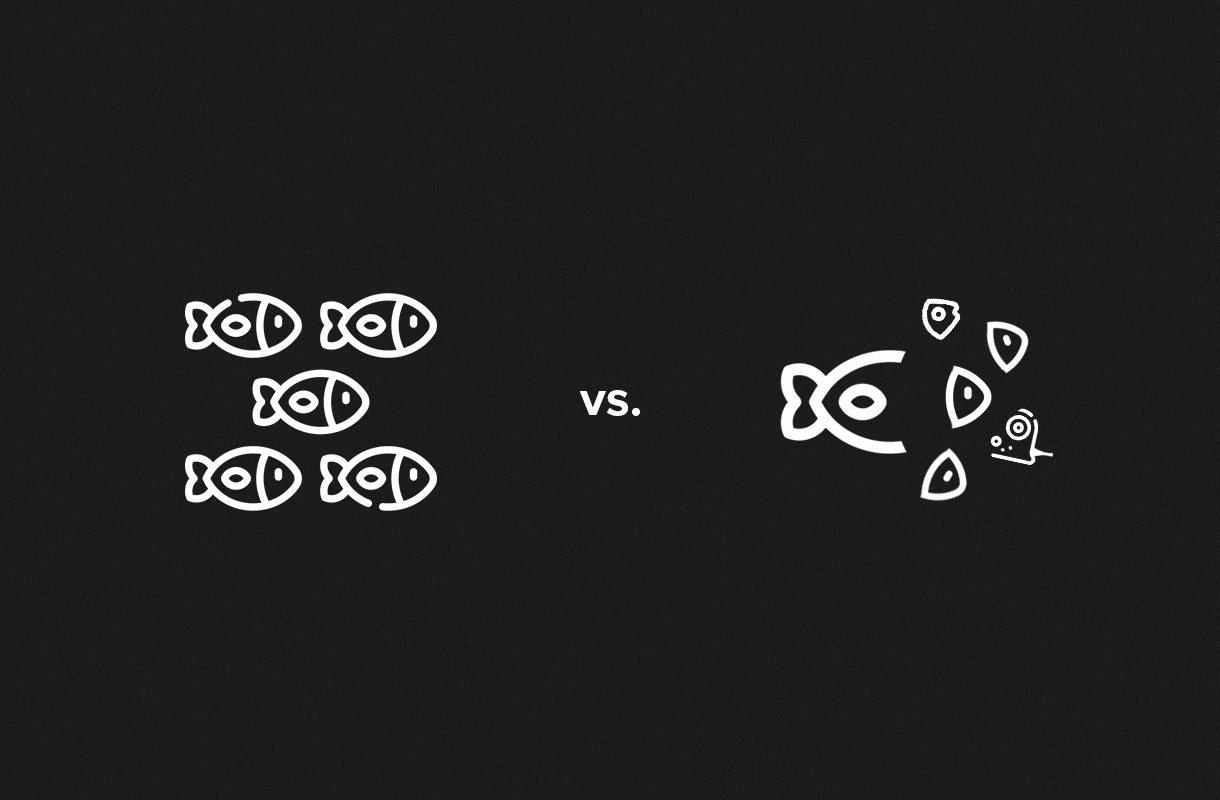In the dynamic world of content management systems (CMS), there are two main approaches that are always in focus: monolithic CMS and headless CMS. Both have their own advantages and disadvantages and are suitable for different use cases. In this article, we will explain the differences, advantages and disadvantages as well as the possible applications of these two systems in detail.
What is a monolithic CMS?
A monolithic CMS is an all-in-one solution in which the backend and frontend are closely linked. These systems offer a user-friendly interface through which content can be created, managed and published. The best-known monolithic CMSs include WordPress, Drupal and Typo3.
Advantages of a monolithic CMS:
- User friendlinessMonolithic CMS are often easy to use and require less technical know-how. However, you should consider the use case here - the larger the project, the greater the user-friendliness of these CMSs.
- Integrated solutionAll functions, from content creation to publication, are combined in one system.
- Quick setupSince everything is included in one package, a monolithic CMS can be set up and used quickly.
Disadvantages of a monolithic CMS:
- Less flexibilityBecause backend and frontend are closely linked, it is more difficult to integrate modern frontend technologies.
- ScalabilityFor very large and complex projects, a monolithic CMS can reach its limits.
- AdaptabilityChanges and adjustments can be complicated and time-consuming.
What is a headless CMS?
A headless CMS separates the backend from the frontend. Content is provided via an API and developers can use any technology for the front end. Examples of headless CMS are Contentful, Storyblok and Strapi.
Advantages of a headless CMS:
- FlexibilityContent can be used on different platforms (web, mobile, IoT).
- Modern technologyDevelopers can use the latest frontend frameworks and technologies.
- ScalabilityHeadless CMS are ideal for growing companies and complex, multi-channel content. Especially for multilingual content & localizations for different countries, there are considerable advantages!
Disadvantages of a headless CMS:
- ComplexityThe separation of backend and frontend requires more technical know-how and development time.
- Set-up timeInitial setup can be more time consuming as multiple systems need to be integrated.
- CostsIn some cases, the costs may be higher as additional development and infrastructure is required.
When should you choose which system?
The choice between a monolithic and a headless CMS depends heavily on the specific requirements and objectives of the project.
- Monolithic CMSIdeal for smaller projects or websites that need to be set up quickly and easily. Perfect for blogs, small business sites and simple e-commerce platforms.
- Headless CMSOptimal for larger, complex projects that require a high degree of flexibility and scalability. Suitable for companies that want to use content across multiple channels and prefer modern front-end technologies.
Conclusion
Both approaches have their justification and can be the best choice depending on requirements and use cases. Monolithic CMS offer a simple and integrated solution, while headless CMS offer maximum flexibility and scalability. The decision should be based on a thorough analysis of the project requirements and long-term goals.
